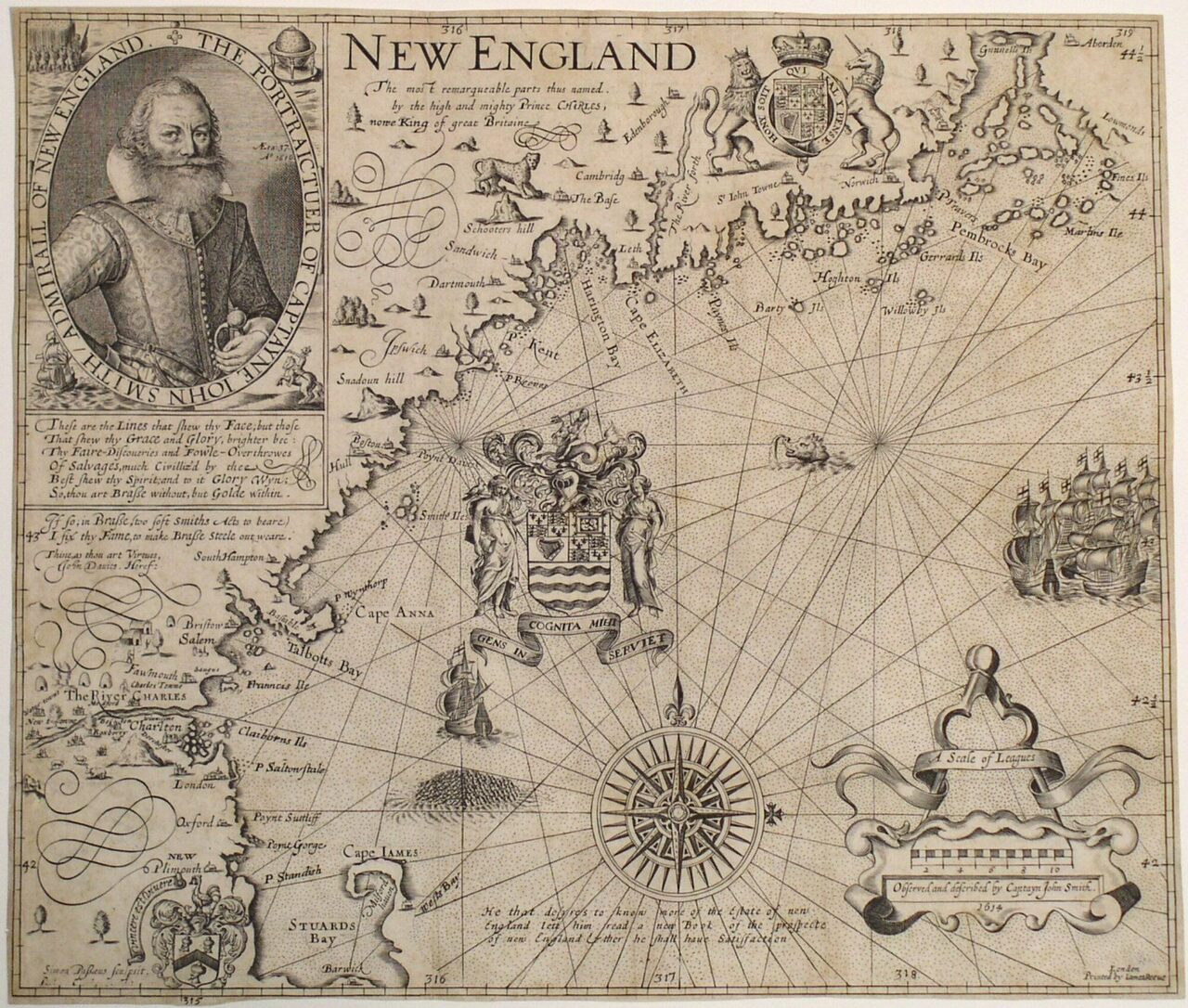Throw in that there is mounting evidence that the Norse also had real settlements here and the lack of names makes complete sense. Such settlements would have been steadings but surely extensive by this time representing at least six hundred years of occupation. That is unless the locals had suppressed them which is possible but somewhat unlikely. Way more likely we have six hundred years of intermarriage as happened with the Greenland colony of thousands on their way to the Black Hills.
After all the English displaced townsmen and that is a European trait and tradition. john smith could never admit any Norse connection as it immediately called his idea of ownership into question and arraigned itself against the Catholic church. Hardly a way to sell land.
We may never sort it out now and all Indian genetics are generating confusion now as everyone finds it impossible to prove they are not descended in part or in whole from European and Mediterranean stocks. It is both funny and utterly ironic.
We all naturally err when we think that all Europeans were white when that is a late development brought about by a very successful tribe of dairy men who produced plenty of healthy children as a result..
..
England, But New: How John Smith’s 1616 Map Helped Define America
The name “New England” was like a colonial real estate ad.
In the mythology of the Americas,
the English soldier John Smith is most famous for his association with
Pocahontas, the Powhatan woman known for her interactions with Jamestown
settlers. But he made another indelible contribution to what’s now the
United States—he named the area of the country that stretches from Cape
Cod up the coast of Maine. The region would later become a key part of
the American narrative, the site of the first Thanksgiving. He called it
“New England,” and the name stuck.
The map above, first published in 1616,
marks the first time anyone called New England “New England.” Two years
before, after being shut out of the leadership of Jamestown, and looking
for a new foothold in the Americas, Smith joined an expedition that
sailed up the coast of what was then called “North Virginia.”
What he saw there sparked his colonial imagination. He could envision
British settlements scattered along rivers, surviving on the rich
fisheries, ample hunting, and potential farmland.
So Smith raised money to bring a party of settlers across the ocean, and in 1615 they set out, only to be quickly captured by pirates.
After his release, Smith struggled to find further financing. When
Pocahontas—who by then went by the name Rebecca Rolfe—planned a trip to
London, Smith rushed to publish an account of his American experience,
which included the New England map. “I would rather live here than
anywhere,” he wrote.
It was an advertisement, a real estate
brochure, of sorts. “The map conveys settlement as a sure bet,” writes
historian Susan Schulten, in her book A History of America, in 100 Maps, published
in fall 2018. But in 1616 the villages that dotted the map didn’t
really exist. Smith let the then–Prince Charles (who would become king
in 1626) swap in whatever he wanted for the indigenous names of places marked on the map. We still use a few of those names today—Cape Ann, the River Charles, Plymouth.
Before they set out across the Atlantic,
the Pilgrims bought a copy of Smith’s map, although it’s unclear if they
brought it with them, since they had intended to sail farther south.
But they were blown to the area that Charles had called “Plimouth,” and
they stayed there.

The New England that Smith imagined took
form over the following decades, and in 1677 William Hubbard and John
Foster published a homegrown map of the region (above). The settlers had
just fought a war against the Wampanoag leader Metacomet (also known as
King Philip), and the map is “the first that was ever here cut,” the
creators note. It shows British settlements spreading through the
Massachusetts Bay colony to the Connecticut River. It’s one of the only
images left that New Englanders made in that era.
Smith’s map had left
native tribes out altogether. The later map had to include them, as it
was meant to show, in part, the conflicts settlers encountered. But
Schulten points out that the native settlements are marked by trees, as
if they’re part of the natural landscape. Whatever stories British
settlers told about the “pristine” landscapes of “New England,” their
maps reflected. To some extent, we still indulge in those myths today.
The story of Thanksgiving, in its typical form, is about cooperation
between settlers and the tribes who lived here already. But as these
early maps indicate, colonists never saw the residents of this land as
an important part of the story. They saw the land they wanted to make
their own.

No comments:
Post a Comment